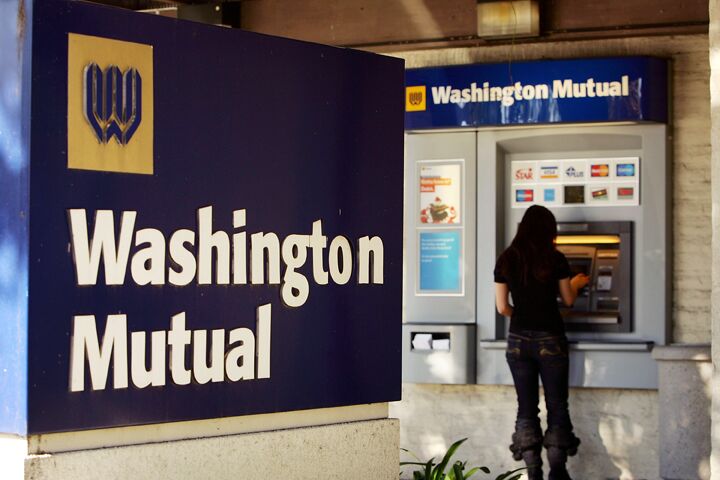
U.S.: More Bank Failures on the Way
The financial crisis of the past few months has already led to real-life problems for everyday people. Home foreclosures are up as banks tighten lending. Students are finding it hard to get loans for college.
There may be worse to come, however. Although many commentators believe the U.S. economy has seen the worst in the financial markets, the full effects of the current financial problems are probably yet to filter down to the rest of the economy.
Last week, the Financial Timesreported:
U.S. banks set aside a record $37.1 billion to cover losses on real-estate loans and other credits during the first quarter in a sign of the growing economic pain being caused by the global credit crisis, regulators said on Thursday.
Sheila Bair, chairwoman of the Federal Deposit Insurance Corporation, said it was likely loan-loss provisions and bank failures would rise in coming quarters as the fallout from market turmoil hits the real economy. … Bair spoke as the fdic released its quarterly banking profile, which showed loan-loss provisions in the first quarter were more than four times higher than last year’s level. That was the main reason bank earnings fell 46 percent to $19.3 billion from the first quarter in 2007 for the commercial banks and savings institutions where the fdic insures customer deposits. … Meanwhile, the fdic said the number of “problem” banks rose in the first quarter from 76 to 90, with combined assets of $26.3 billion. Three U.S. banks have failed this year, compared with three for the whole of last year and none in 2005 and 2006.
The subprime fiasco has created problems for the banks. In a society so ladened with debt, a problem for the banks is a problem for everybody.
The total government debt is $9.39 trillion. Total consumer credit—a euphemism for total consumer debt, excluding mortgages—is $2.55 trillion as of March. These are mind-bogglingly high numbers. A trillion may sound only slightly more than a billion, but it is a thousand times greater.
If banks have less money to lend people, the U.S. economy is in big trouble. Over the past 10 years, total consumer credit has grown by an average of $10.2 billion a month. That means banks need to be able to lend consumers $10.2 billion on average each month for the economy to function “normally.” And that excludes mortgages.
Nominal total consumer credit has grown every single month since 1998. Even before this time, debt grew for the vast majority of months. U.S. consumers are simply spending more money than they are paying back.
Debt is not merely a problem with the system. Debt is the system. The U.S., British and many other economies function only because of debt.
That’s why it is such a problem when banks get into trouble. If banks stop lending, people stop spending.
In wake of the subprime crisis, banks scrambled to find money to cover losses, and the U.S. Federal Reserve Bank had to loan hundreds of billions to avert a systemic banking crash. As losses mount, however, banks not only have less to lend to consumers, but are much more choosy in deciding who gets loans. The result: Home refinancing has constricted, foreclosures are rising, and home sales have plummeted. Banks are also less willing to lend to students. The government’s band-aid of borrowing more money for consumers and dishing it out to them in the form of a stimulus package is only a short-term fix. Consumer spending may be about to plummet.
At the moment, it looks like the U.S. banking system has weathered the subprime storm. But appearances can be deceptive. Things may quiet down for the next few months, but as the banking losses continue to mount and consumer spending shrivels, the economy is sure to be further affected.
No system so dependent on debt can last. For more information on why reliance on debt and spending as opposed to saving and investment is a problem, read our article “The Snare of Debt.”
